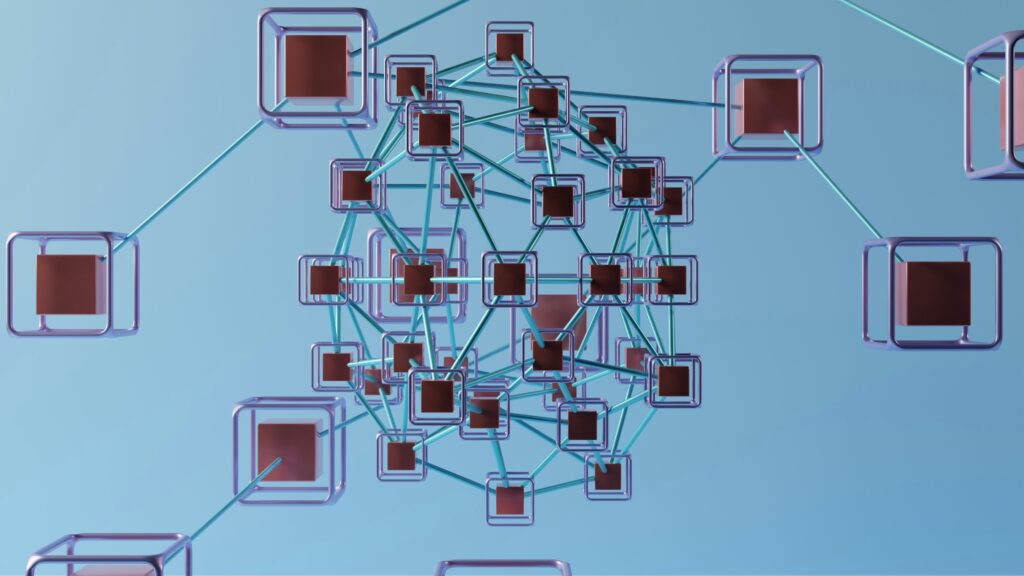I’m at C-Scape, Cisco’s big analyst event which is held during Cisco Live, this week. One of the more interesting sessions was by Jonathan Rosenberg who is the VP and CTO of Cisco’s collaboration business. What caught my attention is that he opened with Metcalf’s law, which states that the value of a network is the square of the number of people on the network and he suggested this law also applied to communications tools. The reason this caught my attention is that it seems that most of the folks that are building collaboration/communications tools seem to believe that just building the tool is all you need. But, as Jonathan pointed out, if you don’t have a critical mass of folks actually using the tool it is worthless. He made a number of interesting additional observations let’s cover a few of them.
Tools Are Gaining Communications/Collaboration Features
According to Jonathan, there are a ton of developer tools that are gaining communications and collaboration features which may be causing some confusion about the purpose of these tools. This doesn’t change these tools into an alternative to email—the features just enhance these tools. However, they are creating (along with the social media stuff) a huge problem with regard to tracking the related conversations and managing them. The implication is there is an increasing need for a tool that can aggregate all of these conversations for the user. Kind of like the BlackBerry hub or Hootsuite for social media, but with far more reach. Cisco is developing just such a tool—a tool that can aggregate all communications—with WebEx Teams.
The End of Email
He argued that folks have outgrown email and they are moving to tools like Microsoft Teams or Slack that embrace chat and are better for collaborative behavior. This is big, because he argued that Microsoft’s entire enterprise business is based on Outlook and Exchange. I kind of disagree, because I was there for the roll out of Windows Server and today Azure is much more critical to Microsoft in the enterprise than any other tool they have in my opinion. But, I do agree that—without Exchange—Microsoft’s enterprise presence would be far less powerful.
What he is suggesting is that Exchange is vulnerable to the likely pivot. Any major change will almost always adversely impact the dominant vendor regardless of whether they have something to embrace the change or not. So, even though Microsoft has a credible alternative with Teams, on the pivot a significant number of customers will use something else like Slack (which appears to be the case particularly with Slack).
The Enterprise Assistant
One of the biggest new tools coming to the enterprise market is the work digital assistant. He argued that you couldn’t just take Amazon Echo and move it into the enterprise because the set of skills would be vastly different. One of the big differences is that it is far more critical to be able to differentiate the speaker so the command results in the correct response. For instance, if a person in a meeting says add something to their calendar it needs to go to their own personal calendar.
Building one of these is going to require a lot of artificial intelligence (AI) work. At Cisco, this will require something they are calling the WebEx Graph which will provide context. The AI will know who you work with and what you do so if you say something like send the slides to Carol it will be able to infer which slides and which Carol you intended or be able to ask the right clarifying questions. This means it will need to know a great deal about the context of any request and that is what WebEx Graph is supposed to supply.
Wrapping Up
This was really interesting, and it is hard to disagree that we are headed for a far more collaborative world. The issue for me is that people who want to collaborate generally find a way and those that don’t are limited by that desire, or lack of, more than technology. Fixing the “desire to collaborate” problem is likely the critical path to real collaboration progress. I do agree that we are looking at the end of days for email though—it just isn’t working for most of us as it isn’t really intelligently aggregating and prioritizing the massive number of conversations coming from different services at the moment. I haven’t seen a real alternative yet, but it certainly makes sense for a company like Cisco to try to find it—if only to assure its own teams can effectively collaborate.




Nice article, thanks for the write up. A few clarifications. Metcalfes law says the value of the network grows as the square of the number of participants, not square root. You also wonder here whether Cisco is building a tool to act as the hub for all your communications. We have – that’s exactly what Webex Teams is.